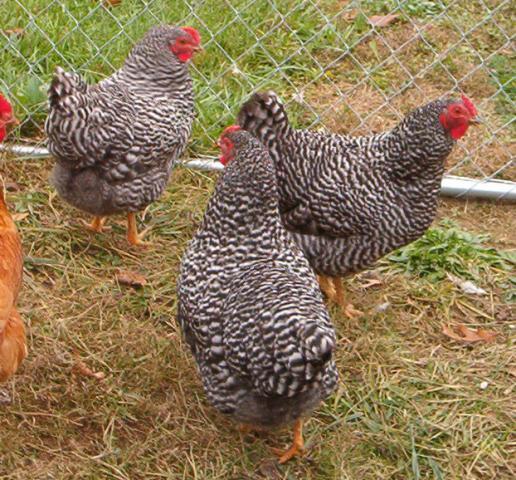Quote:
I got 15 Doms from Cackle this year. I ordered them for shipping in March, but had to wait for May to get them. It was worth the wait! I got one rooster on accident, but I am so glad I did. He is an awesome roo; quickly becoming the top man of my six roosters. I am going to keep him and weed out some of the others.
I sexed them right away and sold seven of them. I sexed them (with help from BYC peeps) by head spot and later confirmed it by coloring. I was (we were) 100% accurate.
So far my doms are the only ones laying (EE, BO, Australorp, CM). The eggs are small still, but tasty.
I cannot speak to SOP, but mine are definitely doms. They are full size.
I got 15 Doms from Cackle this year. I ordered them for shipping in March, but had to wait for May to get them. It was worth the wait! I got one rooster on accident, but I am so glad I did. He is an awesome roo; quickly becoming the top man of my six roosters. I am going to keep him and weed out some of the others.
I sexed them right away and sold seven of them. I sexed them (with help from BYC peeps) by head spot and later confirmed it by coloring. I was (we were) 100% accurate.
So far my doms are the only ones laying (EE, BO, Australorp, CM). The eggs are small still, but tasty.
I cannot speak to SOP, but mine are definitely doms. They are full size.





